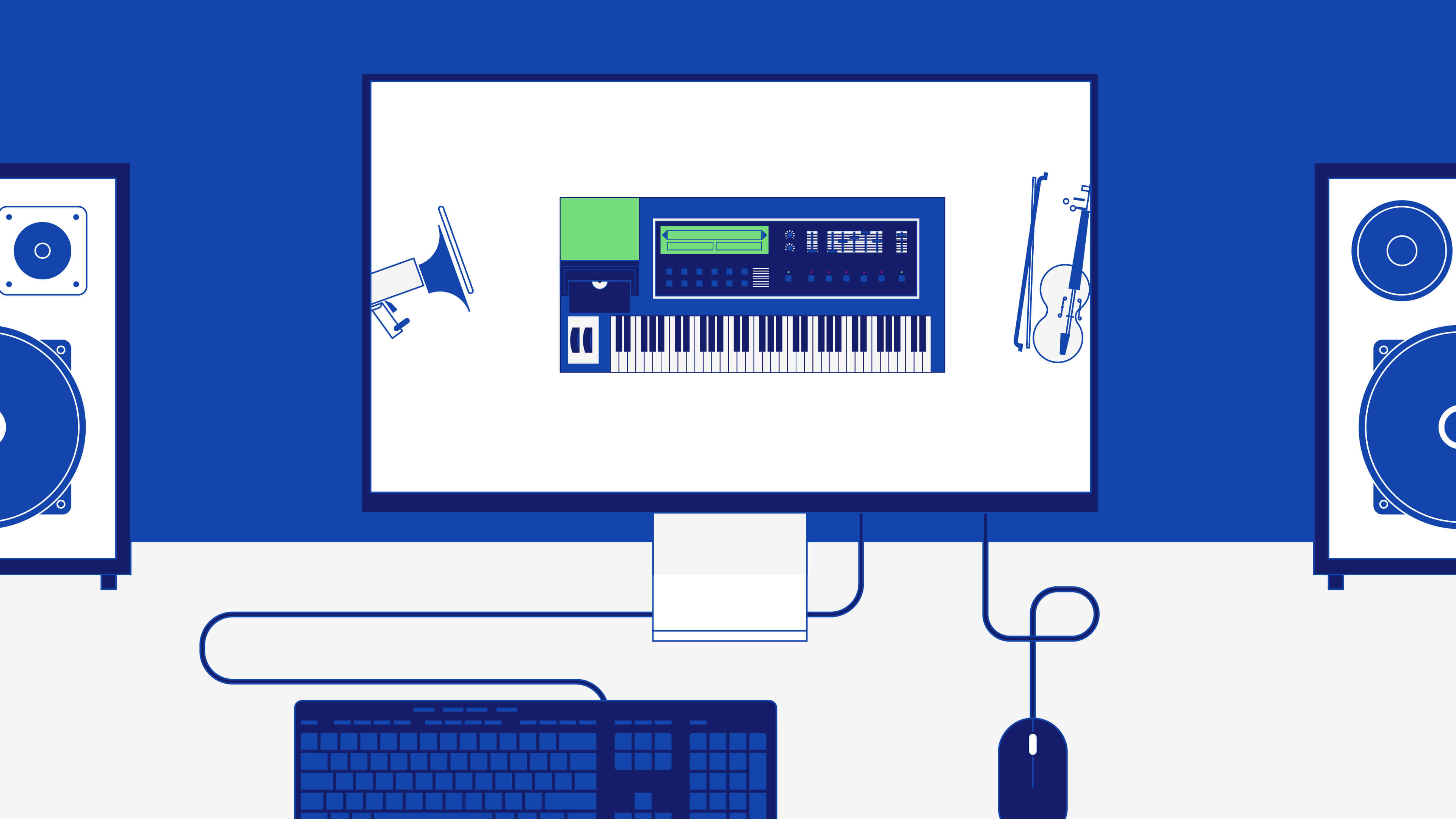What is wavetable synthesis? A guide for budding producers
Today, wavetable synthesis is the most popular technique of sound design among electronic music producers.
Wavetable synthesis was born in the ’80s, but Native Instruments’ Massive wavetable software synth led the way for the explosion in popularity in 2007.
Today, numerous electronic genres utilize wavetable synthesis every day. Skrillex’s infamous Dubstep growls, Rollers DnB drone bass sounds, and so much more find their origins in wavetable synthesis.
But how does this popular synthesis technique work? And why is it so popular? Let’s break it down, or should I say cut it up?
What is a wavetable?
A wavetable is a waveform broken down into a group of individual waves that sit at different stages in the waveform.
You can think of a waveform as a lemon. Not literally, of course, but figuratively. Now figuratively grab a knife and start slicing your waveform.
Each slice of your waveform originally sat in a different part of the lemon. Those slices are your wavetables!
Therefore, a wavetable is a stack of individual waveforms – known as subtables or frames – and a synth can stack up to 256 of them in an oscillator. Wavetable synths can use a recorded sound as a source in their oscillators, and some even let you draw your own.
However, wavetable synths are unlike traditional samplers because you can use automation to morph between different wavetables in the waveform and evolve the sound with LFO or envelope modulation.
In short, a wavetable synthesizer cuts a waveform up into pieces. Those pieces are wavetables, and you select and choose between different wavetable positions to hear a different wavetable of the waveform.

Automating the wavetable position allows the synthesizer to morph the sound over time. As a result, you can cycle through the multiple wavetables of a sound through the duration of a note.
Wavetable synthesizers like Serum and Vital allow you to insert audio samples into their oscillators too. Consequently, the synth cuts the sample up into a stack of wavetables.
How wavetable synthesis works
Loading up a wavetable in a synth like Serum, Massive, or Vital will give the constant tone of a single frame. This one frame constantly oscillates between its positive and negative amplitude values like a traditional oscillator, but it’s just one frame of a bigger wavetable.
But adjusting the wavetable position will morph between different frames within the wavetable. Adjusting the wavetable position gives you different timbres as you cycle through the different frames.
For a better idea, let’s take a look at a wavetable inside Vital VST – a free wavetable software synth that you can download here.

I’ve loaded the Branches wavetable into oscillator 1 and I’ve decreased its pitch by an octave for the sake of listening.

And I’ve mapped LFO 1 to the wavetable position of the oscillator.

Below is the audio result. The LFO is cycling through the different frames in the wavetable over a bar, and you can hear how the timbre changes as it does.
Though it sounds pretty thin, the magic of wavetable synthesis comes in the form of modulation, effects, and layering. Vital gives you three oscillators, an additional oscillator for adding a texture-like noise, a host of effects, and a plethora of modulation options.
What sounds is wavetable synthesis good for?
As I alluded to above, wavetable synthesizers are incredibly versatile. You can make most sound types with them, but they’re best for creating big leads, heavy-hitting bass, lush pads, and atmospheric sounds. As a result, they’re incredibly popular synths in the electronic music world!
Ultimately, you can make an oscillator sound how you like in a wavetable synthesizer. You can replicate vintage synths, and acoustic instruments, build drums, and more with a wavetable synthesizer.
Now that we’ve covered the basics of wavetable synthesis let’s talk about how to make a Dubstep bass in Vital!
Final thoughts
Native Instruments may be responsible for the explosion in popularity of wavetable synthesis, but this sound design technique has taken on a life of its own since 2007.
Wavetables are intuitive tools that you manipulate in countless ways, and that’s before you even add any effects. These powerful modulation options have defined the DnB, Trap, and Dubstep genres of today.
I highly recommend downloading Vital if you haven’t already. It has two paid tiers, but its free version gives you more than enough to get started. You’ll have the same functionality as the paid tiers, but you get fewer wavetables and presets.
What are the different types of synthesis?
Including wavetable synthesis, there are a total of 6 methods of synthesis commonly used in music production today:
- Subtractive synthesis
Subtractive synthesis is the process of removing frequencies from an original signal via filtering to sculpt a new sound. - Additive synthesis
Additive synthesis is all about stacking multiple sine waves together at different frequencies and amplitudes to build a sound. - FM synthesis
Frequency modulation is a method of synthesis whereby the frequency of one signal is modulated by the frequency of another. - Granular synthesis
Granular synthesis goes one step further than wavetable synthesis – it cuts a waveform into tiny segments of audio (granules) that you can modulate. - Modular synthesis
Instead of buying an all-in-one standalone synth, you could buy synthesizer modules and design your own modular synth!
